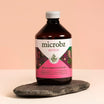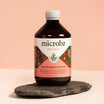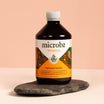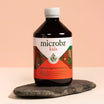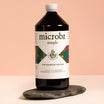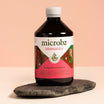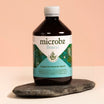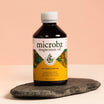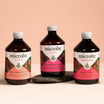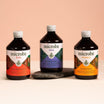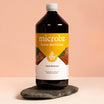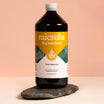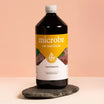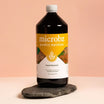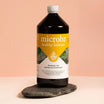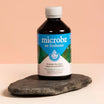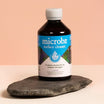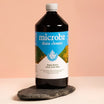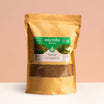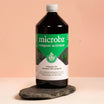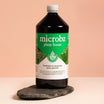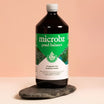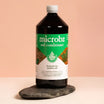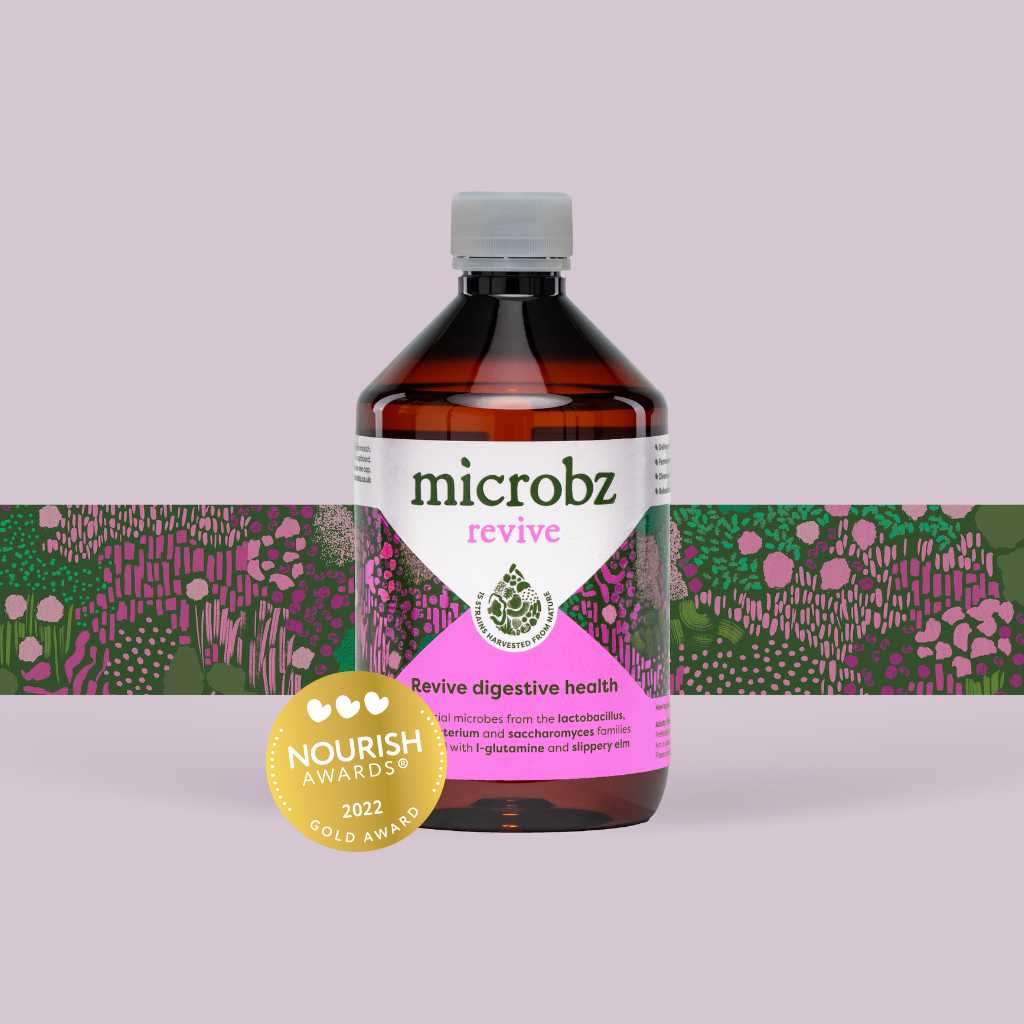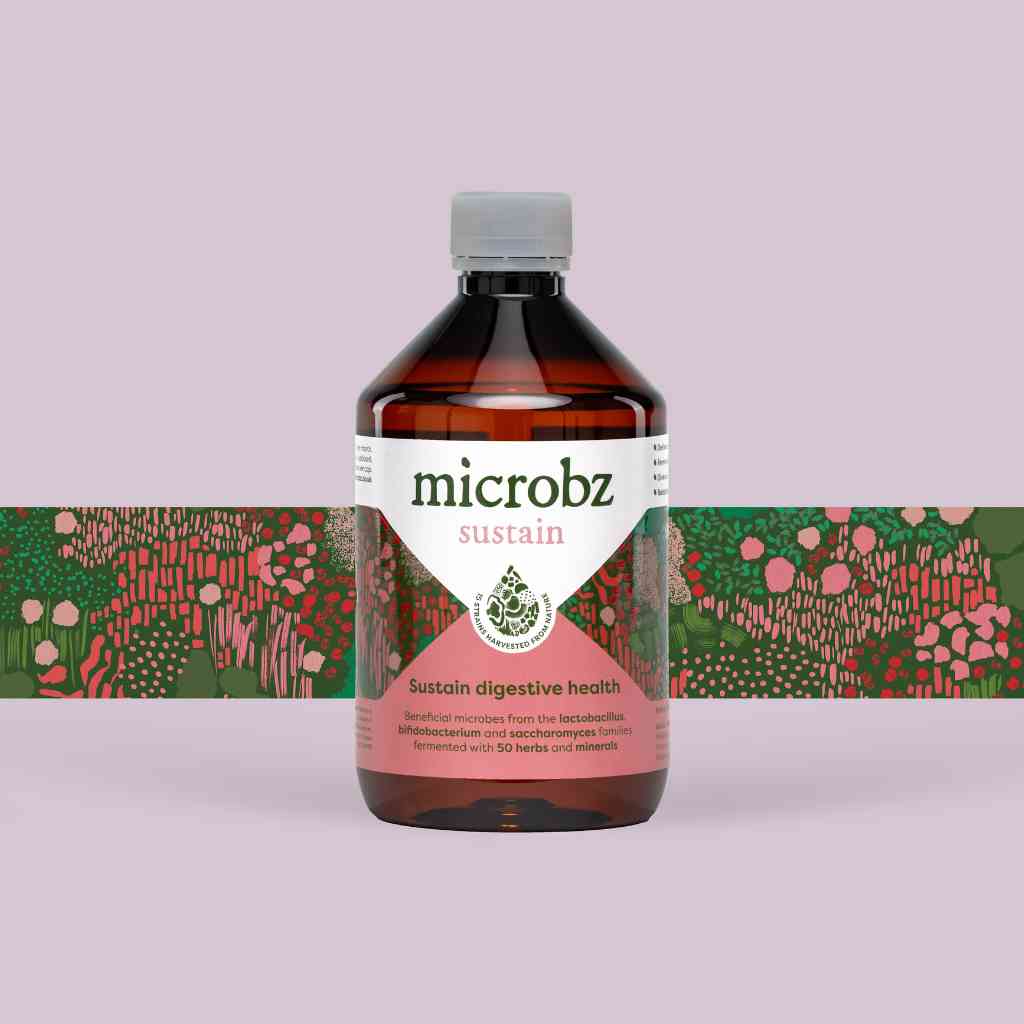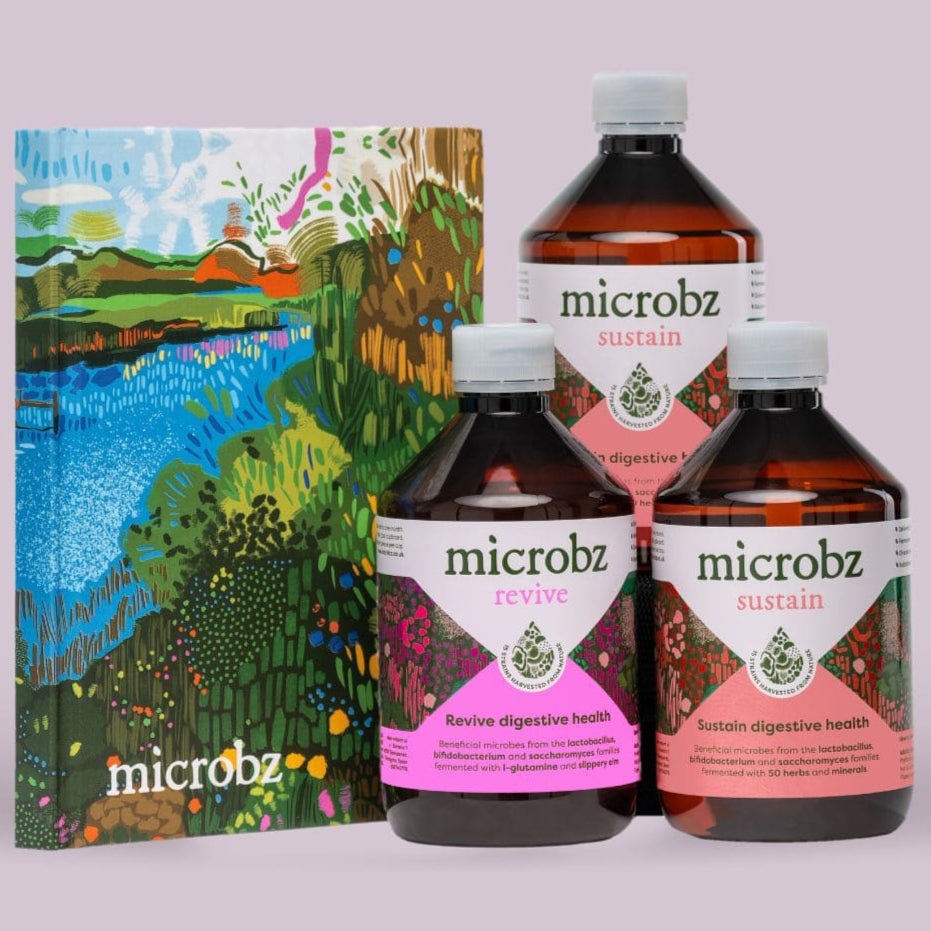Camu camu
Myrciaria dubia
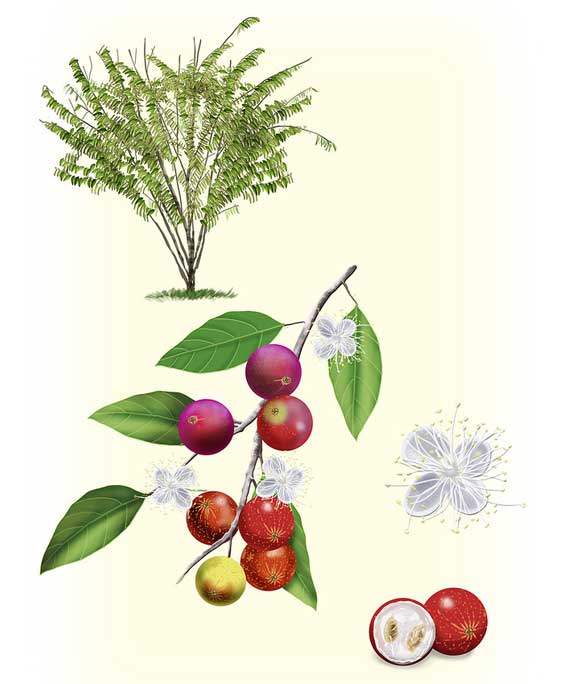
Family: Myrtaceae
Which probiotic is it in?: Camu camu is a key herb in Sustain
Habit and cultivation: Native to the Amazon basin and grows naturally in seasonal flooded areas along river and oxbow lakes. Prefers hot, damp, tropical climates but can survive in the subtropics. The fruit is produced at the height of the rainy season and can remain productive for several decades.
Actions (known for): Anti-viral, anti-oxidant, immune booster, anti-inflammatory.
History of Camu camu
Parts used from the Camu camu
Leaves, fruits and seeds.
Constituents (bio available chemicals):
Researched information currently is very limited. Anthocyanins: Cyanidin-3-glucoside and delphinidin-3-glucoside.
Nutritional constituents:
Vitamin: C and flavonoids. Mineral: calcium, copper, iron, magnesium, manganese, potassium, sodium, zinc. Protein, starch, carbohydrates, sugars, dietary fibre, fat.
Indications:
Common cold and flu, genital herpes, cold sores, shingles, depression, cancer, cardiovascular disease, type 2 diabetes.
Dosage:
1/4 tsp of pure dried powder daily in water, salad dressings, smoothies, oats or juice.
British Herbal Pharmacopoeia
Cautions for therapeutic doses
Gastrointestinal disturbances and diarrhoea, but only if taken in excess due to Vitamin C content.


